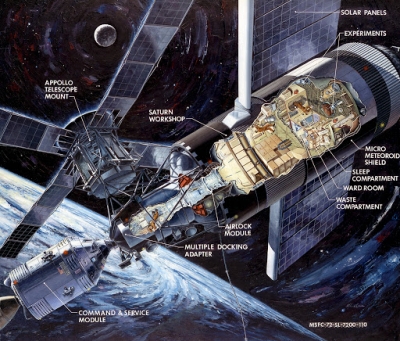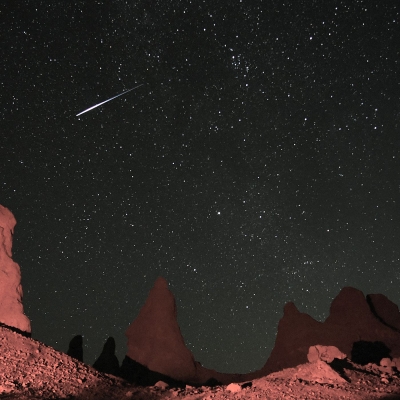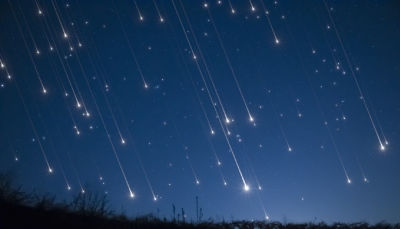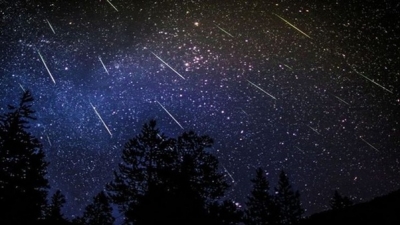
If you were to think of a laboratory in space, you would probably think about the International Space Station (ISS). A habitable artificial satellite in low Earth orbit, the ISS is a joint project by a number of space agencies and its usage is governed by treaties and agreements. The ISS, however, isn’t the first space station built by humans. There were precursors to it, one of which is the Skylab.
NASA had the idea for a space station for years before the Skylab was eventually launched. It was believed to be the dream of American-German space architect and Apollo rocket engineer Wernher von Braun, who had long wanted to build a human outpost that would let people live and work in space for extended periods of time.
Use unused hardware
With the space race and the mission to moon dominating the 1960s, the idea for a space station picked up pace only after that. NASA began an Apollo Applications Program to utilise unused hardware from their missions to the moon and one of the ideas to pursue was that of the space station.
The design evolved over the years and the Skylab consisted of four components. The Orbital Workshop (OWS) was the main compartment for living, working and sleeping; the Airlock Module (AM) allowed astronauts to conduct space-walks; the Multiple Docking Adapter (MDA) enabled rescue operations; and the Apollo Telescope Mount (ATM) contained telescopes for observations and solar arrays for additional power.
Repair work possible
Launched on May 14, 1973, Skylab was faced with a crisis right at the start. A micro-meteoroid shield that was to function as a thermal blanket and shelter Skylab from debris accidentally opened just over a minute after the launch. This meant that the temperatures inside the space station rose to intolerable levels.
While the launch of the first crew was delayed because of this incident, their first task eventually became to salvage this situation when they made their way on May 25. Even though it was no easy task and it was definitely frustrating for the crew members involved, they eventually succeeded after a few days. They were able to erect a sun shade, deploy the array that was previously stuck and begin their work inside the space station. It showed that it was possible for space-walking astronauts to fix badly damaged space station while it was still in orbit.
Three successive three-man crews lived aboard the Skylab. While the first one – the ones who performed the repair – stayed in space for 28 days, those in the second and third crews lasted 56 and 84 days in orbit respectively.
Superhuman expectations
Skylab’s second crew were super productive in getting their tasks done, that they wanted more. So much so that it set unrealistic expectations of what can be achieved in space. By the time the third crew returned to Earth on February 8, 1974, they had accompanied a lot of scientific work, but not before complaining of being overburdened with superwoman expectations.
Even though there were plans for more crews to be sent to Skylab, the third turned out to be the last as well owing to financial constraints and NASA’s other objectives. The three crews had managed to conduct 270 experiments in life sciences, solar astronomy and Earth observations. In fact, over 700 hours were spent observing the sun, resulting in over 1,75,000 solar pictures.
Intense solar activity heating up Earth’s atmosphere meant that Skylab’s orbit decayed faster than NASA’s expectations, forcing them to pursue the only course of action possible. They adjusted the station’s path so that it wouldn’t hit populated areas. Upon re-entering on July 11, 1979, it broke up in the atmosphere and showered debris over the Indian Ocean and Australia.
Skylab provided for plenty of learning, especially with respect to the human element in long-haul space-fights. The focus was placed strongly not only on the nutritional and physical exercise requirements for human beings in space, but also other mental concerns they might face, including those caused by their workload and the lack of family life. Thanks to the Skylab, all these areas are now addressed for astronauts aboard the ISS.
Picture Credit : Google



